Top Things to Know Before Buying Indoor Vegetable Plants
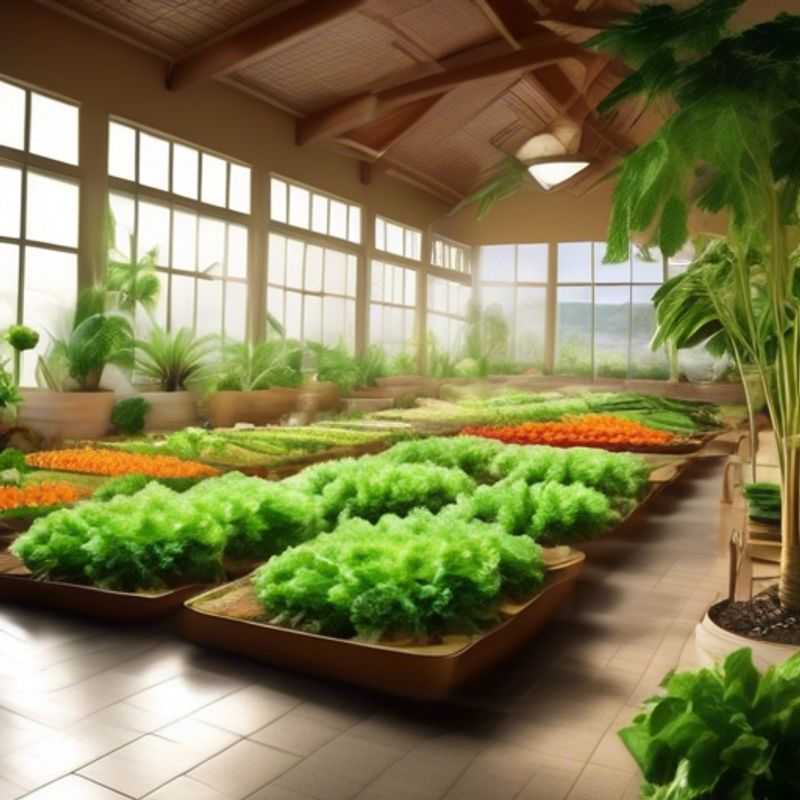
Top Things to Know Before Buying Indoor Vegetable Plants: Suitability, Variety, Lighting, Watering, Care Requirements, Pruning, and Space
Growing your own vegetables indoors can be a rewarding experience, offering fresh, homegrown produce all year round. However, before you jump into the world of indoor gardening, there are a few crucial things to consider to ensure success.
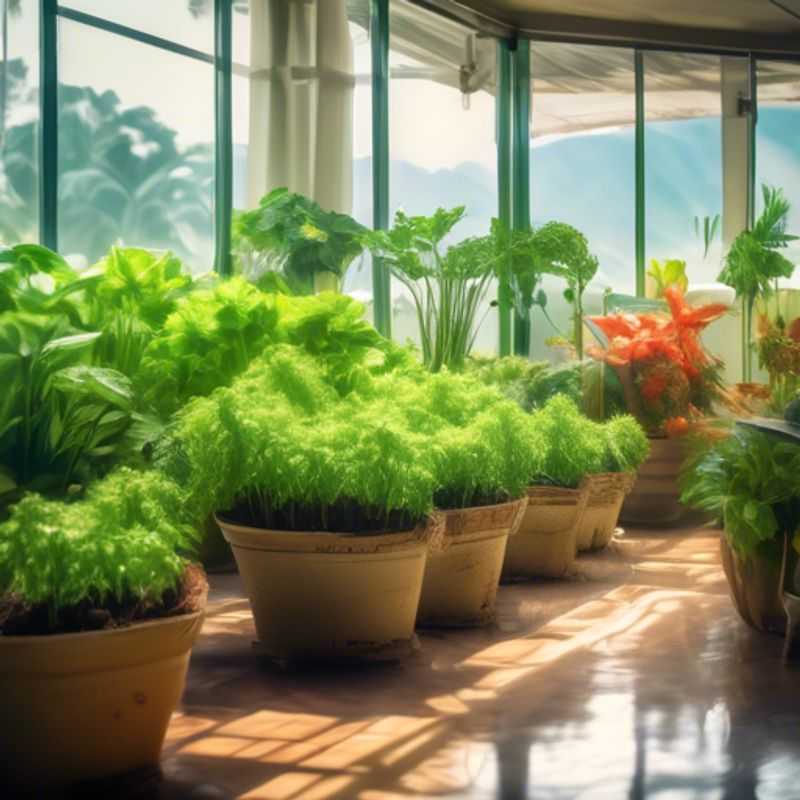
Choosing the Right Plants for Indoor Success: A Guide to Thriving Indoor Gardens
Not all plants thrive indoors. Consider these factors when choosing plants for your home:
Light requirements: Many plants need bright, indirect light, which may not be available in all rooms. Research the specific needs of your chosen plants.
Humidity: Some plants, like ferns and orchids, prefer high humidity levels that may be difficult to maintain indoors. Choose plants suited to your home's humidity.
Temperature: Plants have optimal temperature ranges. Most houseplants prefer temperatures between 65-75°F (18-24°C). Ensure your home's temperature suits your chosen plants.
Air circulation: Good air circulation prevents fungal diseases and helps plants thrive. Consider the placement of your plants and ensure adequate airflow.
Space: Give your plants enough space to grow and flourish. Research the mature size of your plants before buying.
Soil type: Use a well-draining potting mix that suits your chosen plants. Avoid overwatering, which can lead to root rot.
Pests and diseases: Be aware of common indoor plant pests and diseases. Inspect your plants regularly for signs of infestation or illness and take action promptly.
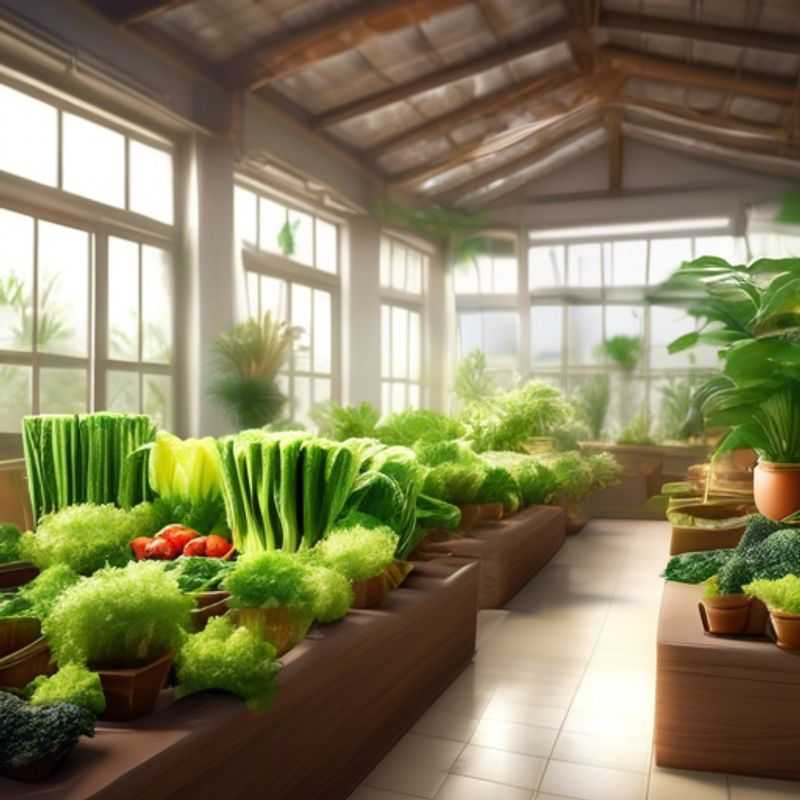
Grow Your Green Thumb Indoors: Choosing Compact Varieties for Success
When choosing plants for indoor spaces, consider compact, dwarf, or bush varieties. These varieties are often bred for their smaller size and ability to thrive in containers. They offer several advantages for indoor gardening, such as:
Reduced Space Requirements: Compact varieties take up less space, making them ideal for smaller apartments or rooms with limited floor area.
Easier Maintenance: Smaller plants generally require less watering and fertilization, simplifying your indoor gardening routine.
Variety of Options: There are numerous compact, dwarf, and bush varieties available, offering a wide selection of plants to choose from, including flowering plants, foliage plants, and even fruiting plants.
When selecting compact varieties, research their specific needs. Consider factors like light requirements, water needs, and ideal temperature ranges to ensure successful indoor cultivation.
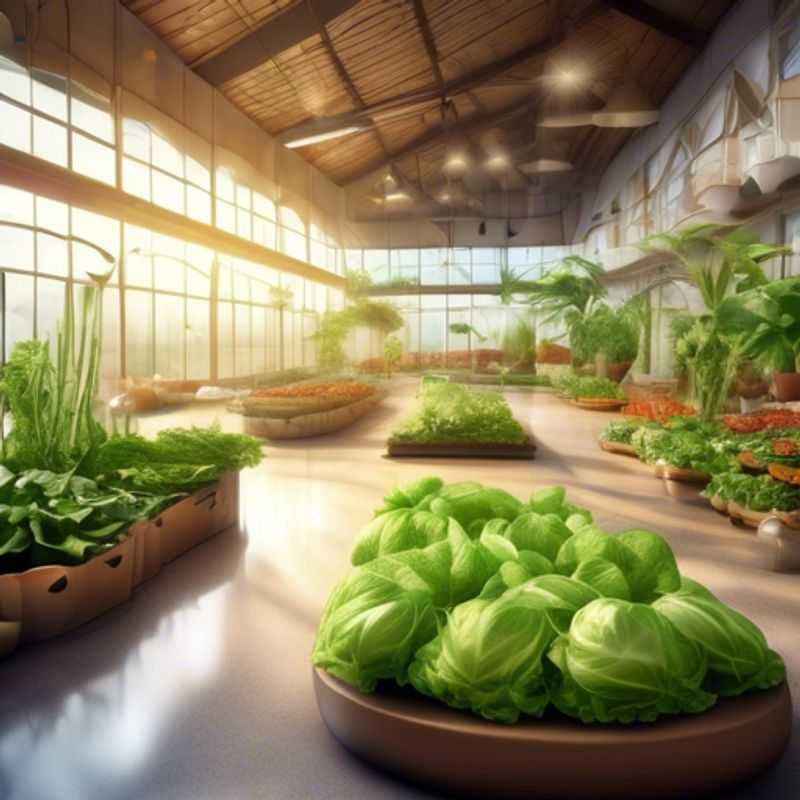
Illuminating Your Workspace: The Importance of Adequate Lighting
Adequate lighting is crucial for a variety of tasks and activities, both indoors and outdoors. It enhances visibility, improves safety, and promotes well-being. While natural light is often preferred, artificial lighting plays a vital role in supplementing or providing light during periods of darkness or insufficient natural light.
Natural Lighting: Harnessing the power of the sun is a sustainable and cost-effective solution. Maximizing natural light involves strategically positioning windows and skylights to allow sunlight to penetrate indoor spaces. Reflecting sunlight using mirrors or light-colored surfaces can further enhance brightness.
Artificial Lighting: A diverse range of artificial lighting solutions exist to cater to various needs. Energy-efficient lighting options like LED bulbs, compact fluorescent lamps (CFLs), and solar-powered lights offer significant cost savings and reduced environmental impact compared to traditional incandescent bulbs. When choosing artificial light sources, consider factors like light intensity, color temperature, and light distribution.
Effective Lighting Strategies: Combining natural and artificial lighting often proves most efficient and cost-effective. Utilize natural light during the day and supplement with artificial lighting during the evening or in areas with limited natural light penetration. Employing task lighting to focus light on specific work areas enhances visibility and reduces eye strain.
Maintenance and Cost Considerations: Regular maintenance of lighting fixtures, including cleaning and bulb replacement, ensures optimal performance and longevity. Energy-efficient lighting solutions can lead to significant cost reductions over time due to lower energy consumption.
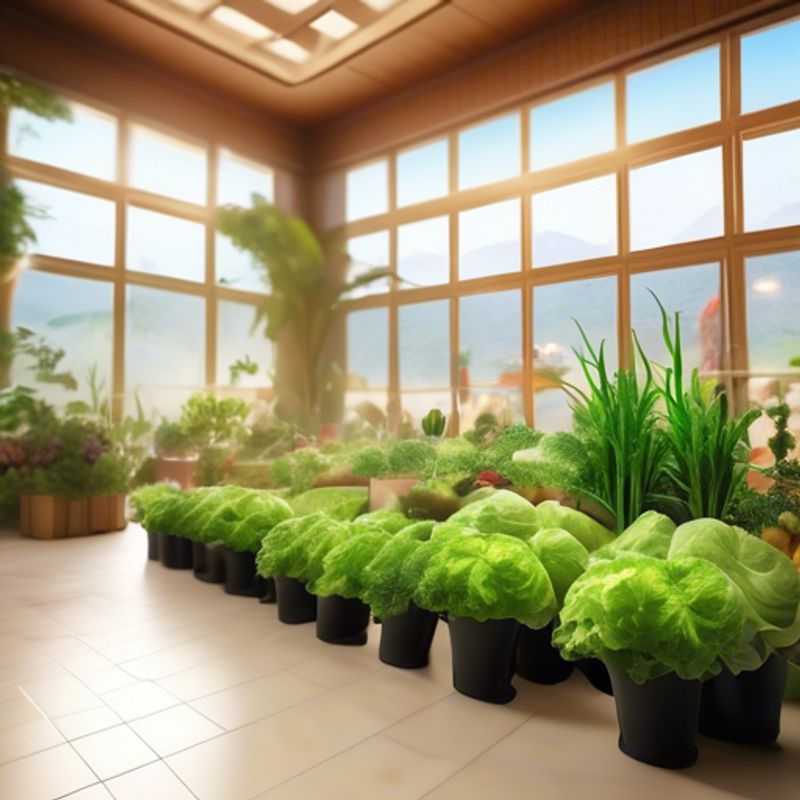
Mastering Soil Moisture and Drainage: A Guide for Healthy Plants
Maintaining consistent soil moisture and proper drainage is crucial for healthy plant growth. It's a balancing act, ensuring roots have access to water while preventing waterlogging that can suffocate them. Here are the key steps to achieve this:
1. Understand your soil type: Different soil types hold water differently. Sandy soils drain quickly, while clay soils retain water. Knowing your soil type helps you determine how often to water and what irrigation methods to use. You can purchase a soil testing kit from a garden center or online.
2. Water deeply but infrequently: Aim to water deeply enough to reach the root zone, but not so frequently that the soil becomes soggy. This encourages deeper root growth, which makes plants more resilient to drought. Use a moisture meter to gauge soil dryness.
3. Mulch: Applying a layer of organic mulch, such as wood chips or shredded bark, helps to retain soil moisture, suppress weeds, and regulate soil temperature. This reduces the need for frequent watering and helps prevent erosion.
4. Improve drainage: If your soil is prone to waterlogging, consider adding amendments like compost or sand to improve drainage. Raised beds can also help to improve drainage and provide a more favorable growing environment. You can consult with a local landscaping professional to ensure proper implementation.
5. Monitor your plants: Pay close attention to the signs of drought stress, such as wilting leaves, and adjust your watering schedule as needed. Overwatering can also lead to root rot, so be cautious.
6. Consider a drip irrigation system: These systems deliver water directly to the root zone, reducing water waste and improving efficiency. While there are initial installation costs, drip irrigation can save you money and time in the long run.
By following these practical tips, you can create a thriving garden with healthy plants and a sustainable water usage approach.
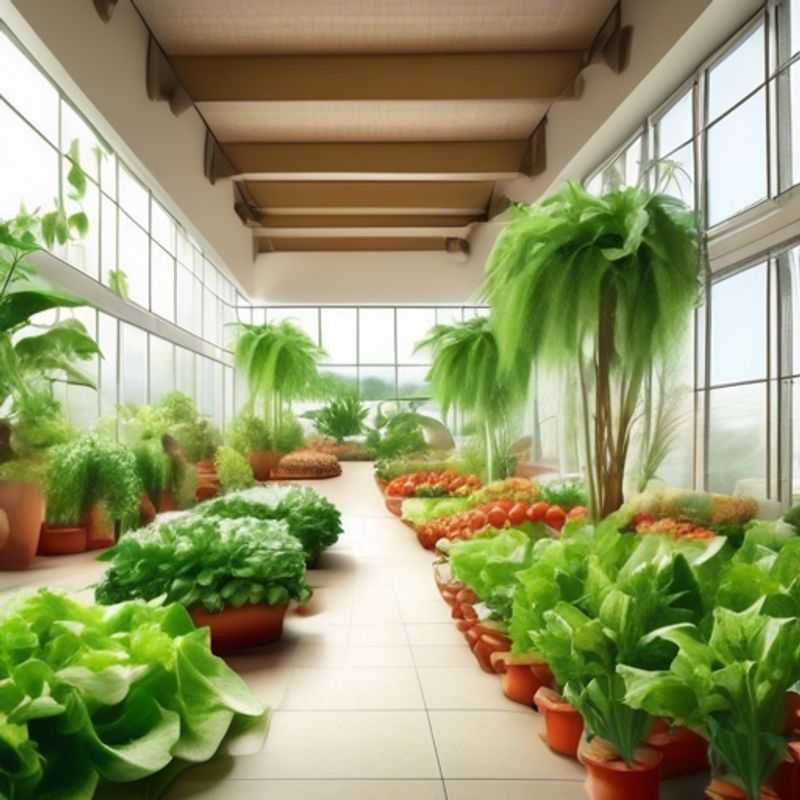
Understanding Vegetable Care: A Guide to Optimal Growth
Understanding the specific care requirements for each vegetable type is crucial for successful gardening. This includes factors like sunlight, water, soil, and fertilizer needs.
Sunlight requirements vary widely. Some vegetables, like lettuce and spinach, prefer shade, while others, like tomatoes and peppers, thrive in full sun.
Watering needs depend on the vegetable's stage of growth and the climate. Young plants require more frequent watering, while mature plants may only need water every few days.
Soil composition is also critical. Vegetables require well-draining soil rich in nutrients. Consider using a soil testing kit to determine the pH and nutrient levels of your soil.
Fertilizer is essential for supplying nutrients to your vegetables. Choose a fertilizer specifically designed for vegetables, and apply it according to the label instructions.
Researching the specific needs of each vegetable type can help you optimize your garden for success. You can find this information in books, online gardening resources, or by consulting with local gardening experts.
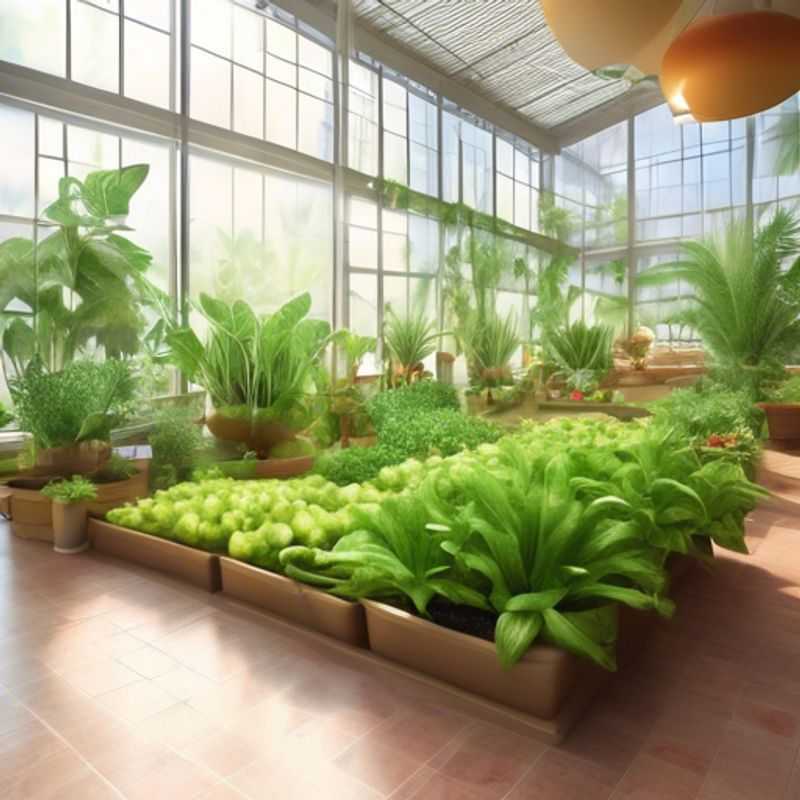
Keep Your Garden Thriving: The Importance of Regular Pruning and Trimming
Regular pruning and trimming are essential for maintaining the health and shape of your plants. It's important to remove dead, diseased, or damaged branches to encourage new growth and prevent the spread of pests and diseases. Pruning can also help control the size and shape of your plants, ensuring they don't become too overgrown or crowded.
Different plant types have different pruning needs. Research the specific requirements of your plants to ensure you're pruning them correctly. For example, some plants benefit from a hard prune in late winter, while others need a more delicate approach.
Always use sharp, clean pruning tools to minimize damage to your plants. Pruning shears are best for smaller branches, while loppers are ideal for thicker branches. You can also use a saw for very large branches.
Pruning can be a cost-effective way to maintain your plants. It can help prevent costly pest control treatments and ensure the longevity of your plants.
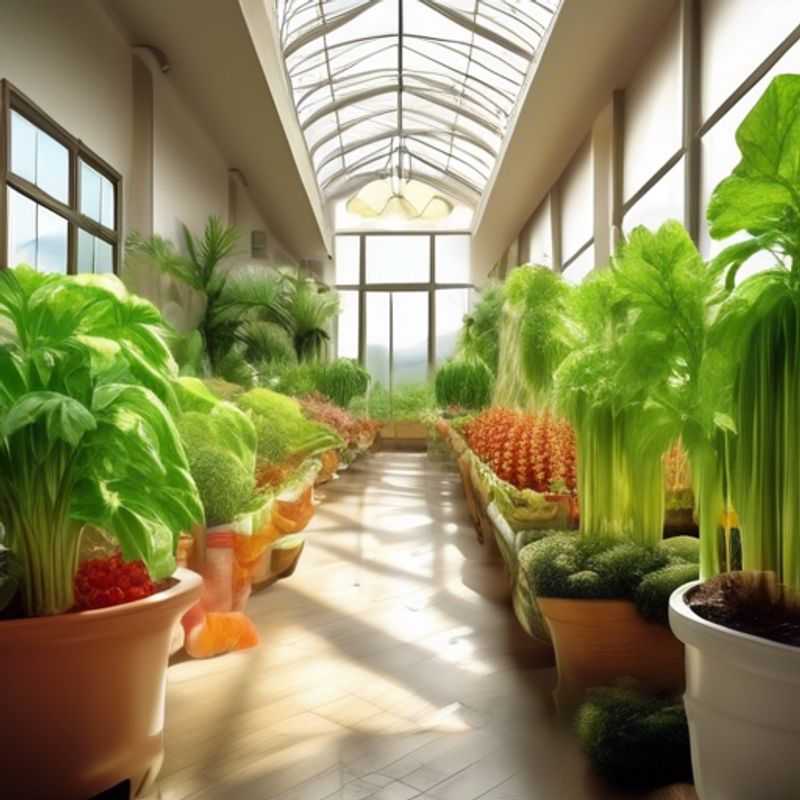
Smart Storage: Choosing the Right Containers for Your Space
When considering space limitations for storage or transportation, it is crucial to choose appropriately sized containers to maximize efficiency and utility. First, assess the available space by measuring dimensions and accounting for any obstacles. This ensures that the selected containers will fit without causing overcrowding or accessibility issues.
Next, consider the capacity of the containers. Choosing containers that are too large can lead to wasted space, while those that are too small may require multiple trips or additional containers, increasing costs and time. It’s advisable to select containers that closely match the volume of items you plan to store or transport.
Another important factor is the material of the containers. Opt for durable materials that are appropriate for the contents, whether they are fragile, heavy, or perishable. This choice can affect not only the safety of the items but also the overall cost, as some materials are more expensive than others.
When estimating costs, consider paid activities such as purchasing specialized containers, delivery fees, or rental costs for temporary storage solutions. Budgeting for these expenses can prevent financial surprises and help maintain a sustainable approach to your project.
In summary, by factoring in space limitations and selecting appropriately sized containers, you can enhance efficiency, reduce costs, and ensure the safe handling of your items. For further details, consider researching best practices in container selection and space management.
